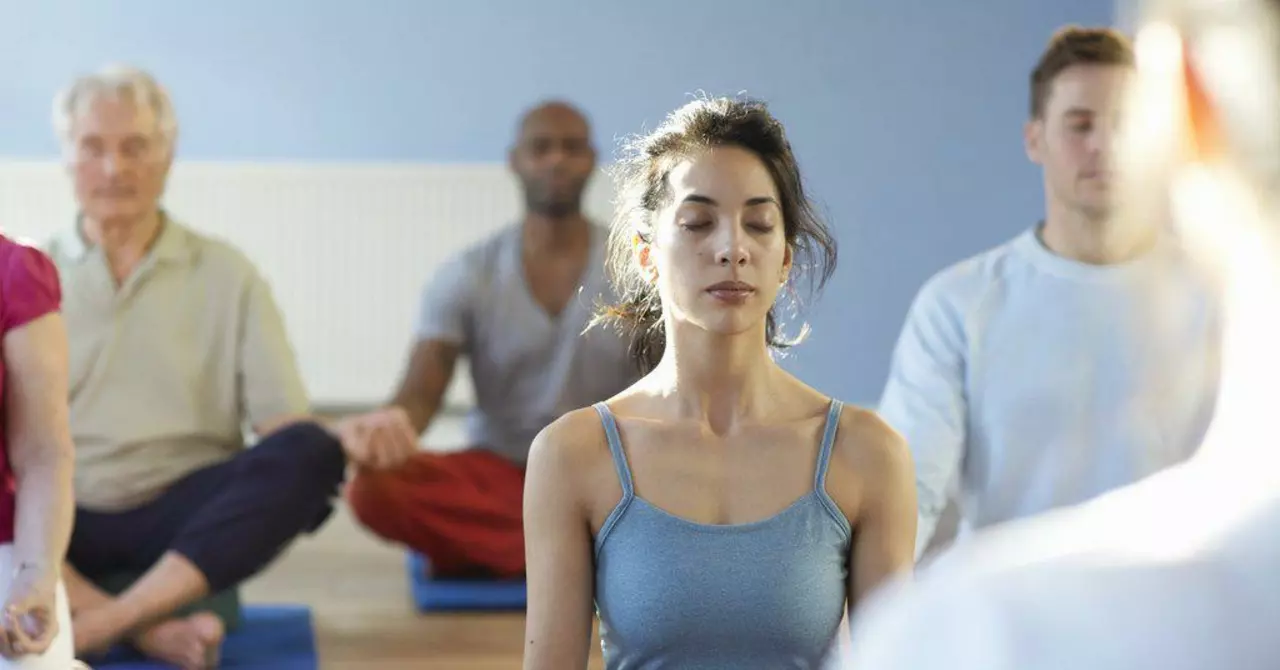Mindfulness: Small Habits that Help Your Stress, Sleep, and Pain
Want to feel calmer without extra pills or long therapy sessions? Mindfulness is a set of simple, repeatable habits you can use anytime. People who add short mindfulness routines to their day often report less stress, better sleep, and fewer flare-ups from chronic pain. You don’t need special gear, just a few minutes and a clear plan.
Quick practices you can start today
Here are three tiny routines that actually work when you stick with them.
1) Two-minute breath check: Stop what you’re doing, sit or stand comfortably, and breathe in slowly for four counts, out for six. Repeat six to eight times. That simple rhythm lowers heart rate and helps you think more clearly before a stressful call or after a bad day.
2) Five-minute body scan: Lie down or sit. Close your eyes and move attention from your toes to your head, pausing at each spot to notice sensation—tightness, warmth, or ease. Don’t try to fix anything. This practice is great before bed or after sitting all day.
3) Mindful mini-walk: Walk for five minutes at a normal pace. Pay attention to each foot hitting the ground, how your arms swing, sounds around you. It’s a reset for rumination and helps break cycles of anxious thinking.
Make mindfulness fit your health needs
If you’re managing migraines, anxiety, ADHD, or chronic illnesses, mindfulness can be a useful tool alongside medical care. For example, short breath exercises often help reduce migraine tension and can be used before taking rescue meds. People with ADHD find that brief, regular mindfulness practice improves focus over time—consider pairing it with your doctor-prescribed treatment rather than replacing it.
Keep this in mind when you start: if you take psychiatric drugs or have a serious condition, talk to your clinician about adding mindfulness. It’s safe for most people, but combining it with therapy or meds is usually the most effective path.
Want structure? Try a 21-day habit plan: week one—two-minute breath checks twice daily; week two—add a five-minute body scan; week three—include a mindful mini-walk. Track how you sleep, mood, and pain levels. Small gains add up fast.
Finally, use mindfulness where it helps most: before tough conversations, when pain spikes, or at bedtime. If you prefer guided help, use short guided meditations from trusted sources or apps, and choose ones under 10 minutes to start. Mindfulness isn’t a cure-all, but used regularly it makes daily life smoother and helps medical treatments work better.
Curious for more? Our site has practical health articles on migraine care, ADHD, and chronic pain that pair well with mindfulness. Try building one tiny habit today and see what changes in two weeks.

Buspirone and Mindfulness: A Holistic Approach to Anxiety Treatment
May 27, 2023, Posted by Mike Clayton
As a blogger, I've recently come across a fascinating topic - combining Buspirone and mindfulness as a holistic approach to anxiety treatment. Buspirone is an anti-anxiety medication, while mindfulness is a mental practice that focuses on being present and aware. When used together, they can help individuals manage their anxiety more effectively. This holistic approach allows for better self-awareness and coping mechanisms, ultimately improving overall mental well-being. I can't wait to delve deeper into this topic and share more insights with my readers.
MORESEARCH HERE
Categories
TAGS
- treatment
- online pharmacy
- dietary supplement
- side effects
- health
- dietary supplements
- health benefits
- online pharmacy Australia
- medication adherence
- medication safety
- thyroid disorders
- treatment option
- calcipotriol
- blood pressure
- erectile dysfunction
- closer look
- optimal health
- sexual health
- bacterial infections
- nutrition
